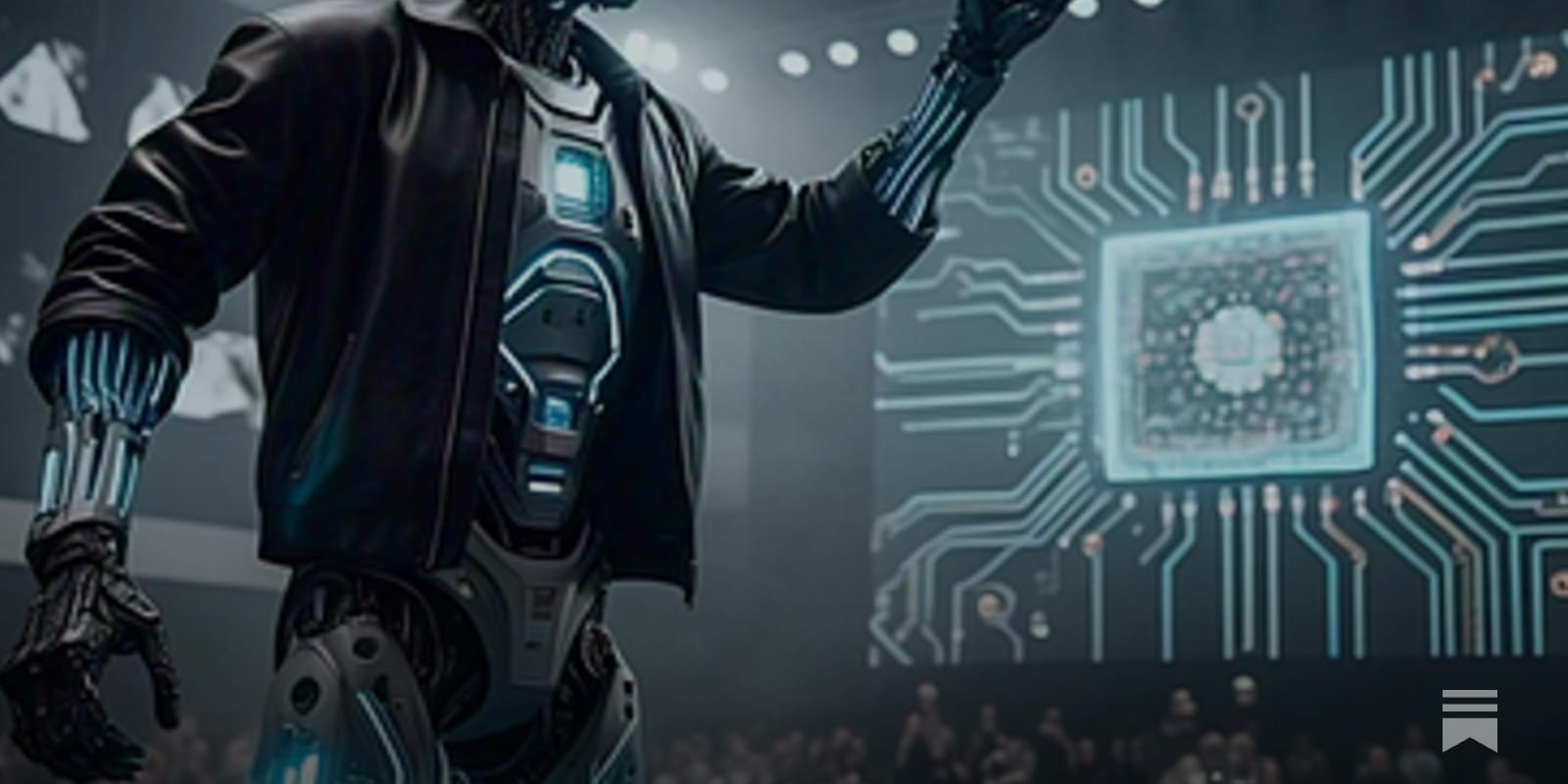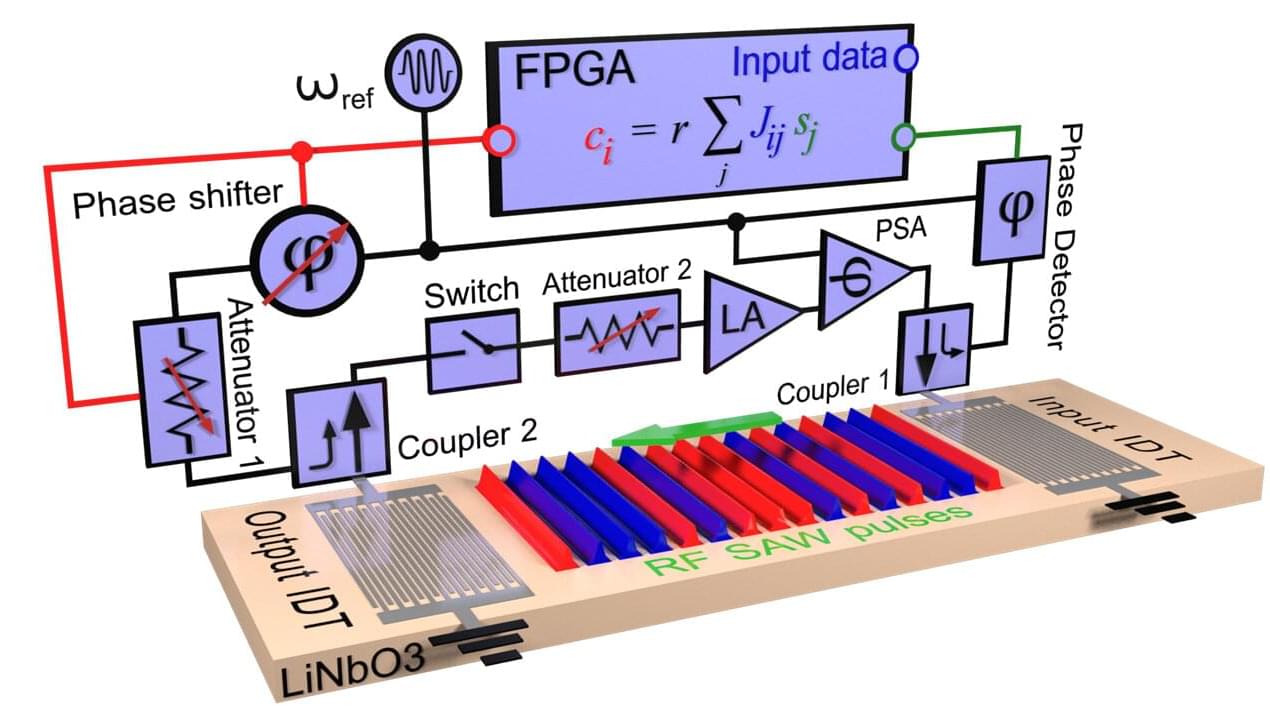Explore the role of green and transition finance in achieving net-zero targets, decarbonising hard-to-abate sectors, and driving climate investments for a sustainable, low-carbon economy.



Arizona-based Western Alliance Bank is notifying nearly 22,000 customers their personal information was stolen in October after a third-party vendor’s secure file transfer software was breached.
Western Alliance is a wholly owned subsidiary of Western Alliance Bancorporation, a leading U.S. banking company with over $80 billion in assets.
The bank first revealed in a February SEC filing that the attackers exploited a zero-day vulnerability in the third-party software (disclosed by the vendor on October 27, 2024) to hack a limited number of Western Alliance systems and exfiltrate files stored on the compromised devices.
All eyes will be on Nvidia’s GPU Technology Conference this week, where the company is expected to unveil its next artificial intelligence chips. Nvidia chief executive Jensen Huang said he will share more about the upcoming Blackwell Ultra AI chip, Vera Rubin platform, and plans for following products at the annual conference, known as the GTC, during the company’s fiscal fourth quarter earnings call.
On the earnings call, Huang said Nvidia has some really exciting things to share at the GTC about enterprise and agentic AI, reasoning models, and robotics. The chipmaker introduced its highly anticipated Blackwell AI platform at last year’s GTC, which has successfully ramped up large-scale production, and made billions of dollars in sales in its first quarter, according to Huang.
Analysts at Bank of America said in a note on Wednesday that they expect Nvidia to present attractive albeit well-expected updates on Blackwell Ultra, with a focus on inferencing for reasoning models, which major firms such as OpenAI and Google are racing to develop.
The analysts also anticipate the chipmaker to share more information on its next-generation networking technology, and long-term opportunities in autonomous cars, physical AI such as robotics, and quantum computing.
In January, Nvidia announced that it would host its first Quantum Day at the GTC, and have executives from D-Wave and Rigetti discuss where quantum computing is headed. The company added that it will unveil quantum computing advances shortening the timeline to useful applications.
The same month, quantum computing stocks tanked after Huang expressed doubts over the technology’s near-term potential during the chipmaker’s financial analyst day at the Consumer Electronics Show, saying useful quantum computers are likely decades away.

In today’s AI news, all eyes will be on Nvidia’s GPU Technology Conference this week, where the company is expected to unveil its next AI chips. Nvidia CEO Jensen Huang said he will share more about the upcoming Blackwell Ultra AI chip, Vera Rubin platform, and plans for upcoming products at the annual conference, known as the GTC, during the company’s fourth quarter earnings call.
In other advancements, after decades of relying on Google’s ten blue links to find everything, consumers are quickly adapting to a completely new format: AI chatbots that do the searching for them. Adobe analyzed “more than 1 trillion visits to U.S. retail sites” through its analytics platform, and conducted a survey of “more than 5,000 U.S. respondents” to better understand how people are using AI.
Meanwhile, Barry Eggers, Co-Founder and Managing Partner at Lightspeed Venture Partners, is a luminary in the venture capital industry. As the AI landscape continues to evolve, Barry discusses the challenge of building defensible AI startups. Beyond just access to models, AI startups need differentiated data, network effects, and unique applications to maintain a competitive edge.
Re thinking of starting a new business and need advice on what to do, your first move should be turning to an AI chatbot tool. That t answer who won the Oscars last year? IBM Fellow, Martin Keen explains how RAG (Retrieval-Augmented Generation) and CAG (Cache-Augmented Generation) address knowledge gaps in AI. Discover their strengths in real-time retrieval, scalability, and efficient workflows for smarter AI systems. + s Gemini 2.0 about to revolutionize image generation and editing? In this video, Tim is diving deep into Google We close out with, Anthropic researchers Ethan Perez, Joe Benton, and Akbir Khan discuss AI control—an approach to managing the risks of advanced AI systems. They discuss real-world evaluations showing how humans struggle to detect deceptive AI, the three major threat models researchers are working to mitigate, and the overall idea of controlling highly-capable AI systems whose goals may differ from our own.
Thats all for today, but AI is moving fast — subscribe and follow for more Neural News.
(https://open.substack.com/pub/remunerationlabs/p/nvidia-is-a…Share=true)

Researchers at the University of Gothenburg have developed a novel Ising machine that utilizes surface acoustic waves as an effective carrier of dense information flow. This approach enables fast, energy-efficient solutions to complex optimization problems, offering a promising alternative to conventional computing methods based on von-Neumann architecture. The findings are published in the journal Communications Physics.
Traditional computers can stumble when tackling combinatorial optimization problems —tasks of scheduling logistic operations, financial portfolio optimization and high frequency trading, optimizing communication channels in complex wireless networks, or predicting how proteins fold among countless structural possibilities.
In these cases, each added node—an additional logistic hub, network user, or molecular bond causes the number of possible configurations to explode exponentially. In contrast to linear or polynomial growth, an exponential increase in the number of possible solutions makes even the most powerful computers and algorithms lack the computational power and memory to evaluate every scenario in search of vanishingly small subsets representing satisfactorily optimal solutions.
In this episode, Peter answers the hardest questions about AI, Longevity, and our future at an event in El Salvador (Padres y Hijos).
Recorded on February 2025
Views are my own thoughts; not Financial, Medical, or Legal Advice.
Chapters.
00:00 — Navigating Confusion in Leadership and Purpose.
02:00 — The Evolution of Work and Purpose.
03:50 — AI’s Role in Information Credibility.
07:17 — Sustainability and Technology’s Impact on Nature.
09:26 — Building a Future with AI and Longevity.
11:40 — The Economics of Longevity and Accessibility.
15:15 — Reimagining Education for the Future.
19:23 — Overcoming Human Obstacles to Progress.
I send weekly emails with the latest insights and trends on today’s and tomorrow’s exponential technologies. Stay ahead of the curve, and sign up now: https://www.diamandis.com/subscribe.
Connect with Peter:
Silicon Valley’s earliest stage companies are getting a major boost from artificial intelligence. Startup accelerator Y Combinator — known for backing Airbnb, Dropbox and Stripe — this week held its annual demo day in San Francisco, where founders pitched their startups to an auditorium of potential venture capital investors.
S not just the number one or two companies — the whole batch is growing 10% week on week, said Tan, who is also a Y Combinator alum. That App developers can now offload or automate more repetitive tasks, and they can generate new code using large language models. Tan called it vibe coding, a term for letting models take the wheel and generate software. In some cases, AI can code entire apps. The ability for AI to subsidize an otherwise heavy workload has allowed these companies to build with fewer people. For about a quarter of the current YC startups, 95% of their code was written by AI, Tan said.
T need a team of 50 or 100 engineers, said Tan, adding that companies are reaching as much as $10 million in revenue with teams of less than 10 people. You don [ https://open.substack.com/pub/remunerationlabs/p/y-combinato…Share=true](https://open.substack.com/pub/remunerationlabs/p/y-combinato…Share=true)
About 80% of the YC companies that presented this week were AI focused, with a handful of robotics and semiconductor startups.

Howard Bloom, Dr. Ben Goertzel, and Dr. Mihaela Ulieru examine how principles of emergent intelligence in natural systems can inform artificial general intelligence (AGI) development.
Join us at the Beneficial AGI Summit & Unconference 2025 (May 26–28 in Istanbul) to learn more about these topics and collaborate on addressing the critical challenges of developing beneficial AGI. Register now to watch online or attend in-person: https://bgisummit.io/
/ 22517.global_brain.
https://en.wikipedia.org/wiki/Howard_… • A Cultural Legend Tackles the Benefic… 00:00 Intro 01:20 Howard Bloom’s Online Journey and the Global Brain 04:33 Ben Goertzel’s Perspective on the Global Brain 09:07 The Evolution of Intelligence and AI 12:42 Challenges and Philosophies in AI Development 17:56 Human Values and AI: A Complex Relationship 24:18 The Role of Compassion in AI and Human Evolution 29:31 Tribalism and Ethical Reasoning in AI 30:16 Emergence of AI Values 31:26 Self-Organization and Compassion in AI 32:21 Ethical Theories and AI Attractors 34:33 Future Economy and AI Impact 34:48 AI and Human Economy Transformation 35:44 Cosmic Ambitions and AI 37:15 Competition Among AIs 38:00 Vision of Beneficial AGI 38:20 Path to Human-Level AGI 42:32 Emergence and Cooperation in AI 46:17 Singularity and Human Nature 50:09 Punctuated Equilibrium in AI Development 52:27 Engineering the Future of Intelligence 54:22 Closing Thoughts on AI and the Future #AGI #AI #BGI — SingularityNET was founded by Dr. Ben Goertzel with the mission of creating a decentralized, democratic, inclusive and beneficial Artificial General Intelligence (AGI). According to Dr. Goertzel, AGI should be independent of any central entity, open to anyone and not restricted to the narrow goals of a single corporation or even a single country. The SingularityNET team includes seasoned engineers, scientists, researchers, entrepreneurs, and marketers. The core platform and AI teams are further complemented by specialized teams devoted to application areas such as finance, robotics, biomedical AI, media, arts and entertainment. Website: https://singularitynet.io X: https://twitter.com/SingularityNET Linkedin:
/ singularitynet Instagram:
/ singularitynet.io Discord:
/ discord Telegram: https://t.me/singularitynet WhatsApp: https://whatsapp.com/channel/0029VaM8… Warpcast: https://warpcast.com/singularitynet Bluesky: https://bsky.app/profile/singularityn… Github: https://github.com/singnet.
• A Cultural Legend Tackles the Benefic…
00:00 Intro.
01:20 Howard Bloom’s Online Journey and the Global Brain.
04:33 Ben Goertzel’s Perspective on the Global Brain.
09:07 The Evolution of Intelligence and AI
12:42 Challenges and Philosophies in AI Development.
17:56 Human Values and AI: A Complex Relationship.
24:18 The Role of Compassion in AI and Human Evolution.
29:31 Tribalism and Ethical Reasoning in AI
30:16 Emergence of AI Values.
31:26 Self-Organization and Compassion in AI
32:21 Ethical Theories and AI Attractors.
34:33 Future Economy and AI Impact.
34:48 AI and Human Economy Transformation.
35:44 Cosmic Ambitions and AI
37:15 Competition Among AIs.
38:00 Vision of Beneficial AGI
38:20 Path to Human-Level AGI
42:32 Emergence and Cooperation in AI
46:17 Singularity and Human Nature.
50:09 Punctuated Equilibrium in AI Development.
52:27 Engineering the Future of Intelligence.
54:22 Closing Thoughts on AI and the Future.
#AGI #AI #BGI
SingularityNET was founded by Dr. Ben Goertzel with the mission of creating a decentralized, democratic, inclusive and beneficial Artificial General Intelligence (AGI). According to Dr. Goertzel, AGI should be independent of any central entity, open to anyone and not restricted to the narrow goals of a single corporation or even a single country. The SingularityNET team includes seasoned engineers, scientists, researchers, entrepreneurs, and marketers. The core platform and AI teams are further complemented by specialized teams devoted to application areas such as finance, robotics, biomedical AI, media, arts and entertainment.

It added that the average annual cost of poor mental health per employee in finance and insurance was £5,379, more than double that in any of the 14 other sectors covered.
The report adds to a growing volume of research on the impact of a global mental health crisis on companies and the workplace.
According to the World Health Organization and the International Labour Organization, about 12bn working days are lost every year to depression and anxiety, costing the global economy $1tn annually.